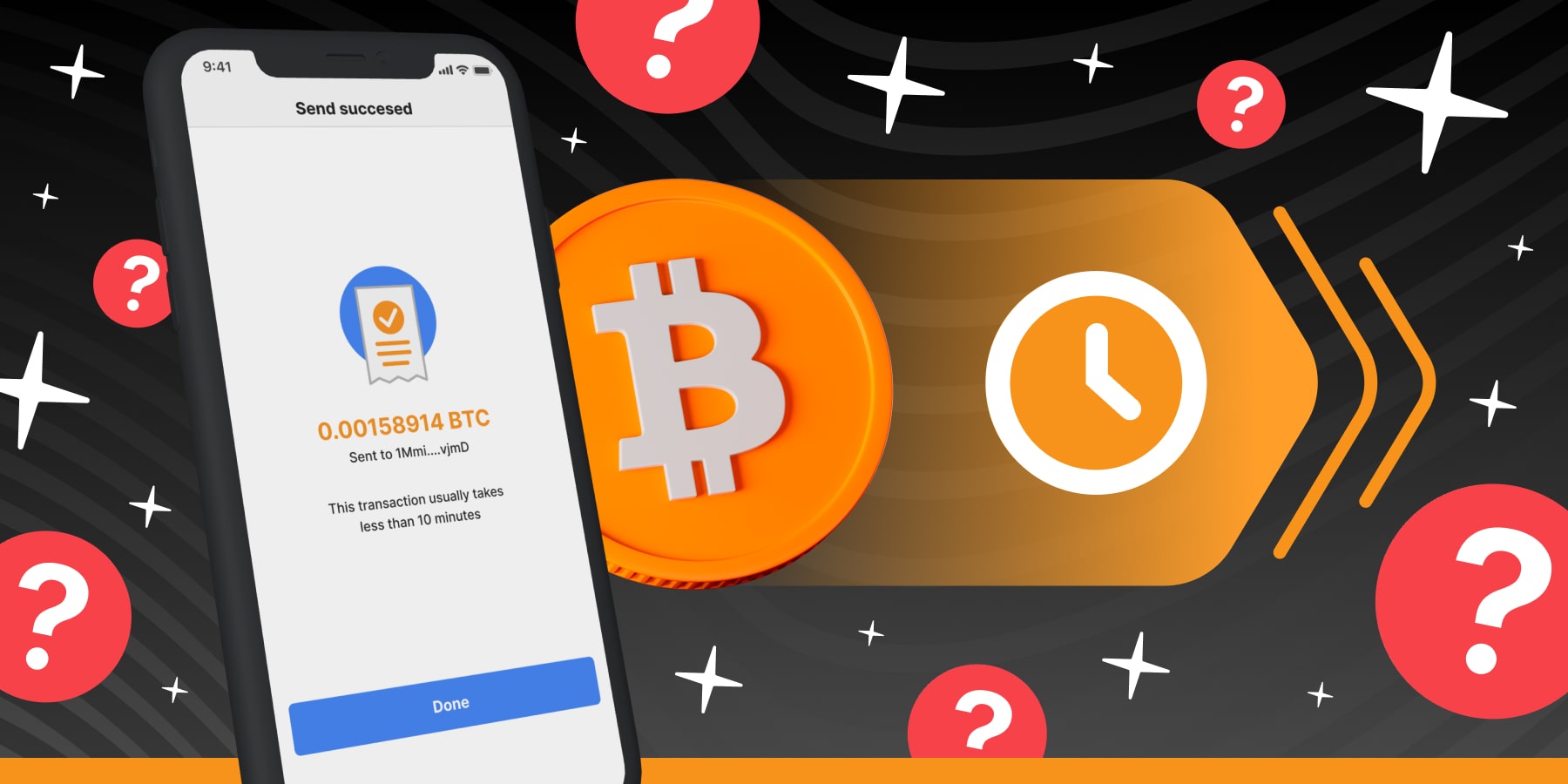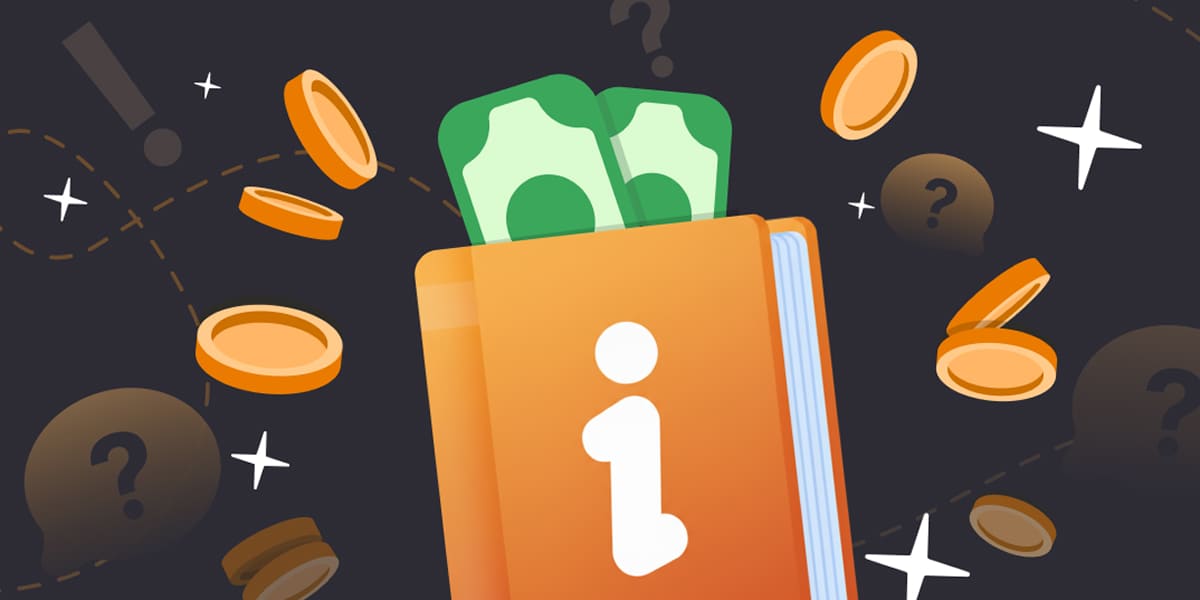NC Wallet News
View allUnpacking the Concept
Where Is My Transaction? Mempool Explained

What is happening after you send your crypto transaction? Let’s take a look at the nuts and bolts. When you send funds, your crypto payments are not immediately confirmed, they go to a mempool, a “waiting room” for unconfirmed transactions. Originally, the concept of mempool appeared in the Bitcoin blockchain, but other networks adopted it. It serves as a transit point between the user’s wallet and the blockchain.

How does it work?





Mempool and network congestion
Mempool has its size limits. For instance, the default “waiting space” of a Bitcoin node is 300 MB. If the number of transactions surpasses the capacity of a certain mempool — it will get congested. If the current network load exceeds this limit, nodes can impose a minimum transaction fee limit. In this case, all transfers with a lower fee will be removed from the mempool. NC Wallet users don’t have to take care of such issues at all. The transaction costs are covered, and if your transfer gets stuck because of the current fee threshold, it will be automatically sped up.
Tip! You can track the current number and fee of the unconfirmed transactions online. For example, for Bitcoin here.
NC Wallet is the first wallet that doesn’t charge any extra commissions allowing anyone and everyone to experience financial crypto freedom. Give it a try!
 TO NC WALLET
TO NC WALLET

Recently Added

Cheat sheet: your first crypto glossary

Guide to fees & secret to pay zero


 en
en de
de
 fr
fr
 es
es
 it
it
 ru
ru
 pt
pt